The C caps trigger one Thyratron to latch at a time and then reduces the negative bias of the next stage in a daisy chain ring like ENABLE D in a flip-flop. The K caps act like relay contacts except injecting an opposing cathode voltage to quench the arc below its latched holding current threshold, like RESET for the next flipflop.
The gates have a large negative bias to inhibit false triggering and when critically biased only one Thyratron can trigger an arc at a time.
So it acts like a ring shift register and was slow enough to work on early dial-pulse telephone counter selectors yet fast enough to count alpha particles. It sounds clumbsy with the critical gate biasing , step voltage and RC time constants required to prepare each next stage for triggering but it worked.
This PhD student's research combined the results of others but eliminated the relay reset feature, so there were no moving air-exposed parts (except burning electrons in vacuum tubes and the actuator counter))
By C. E. Wynn-Williams , Ph.D., Exhibition of 1851 Senior Student.
(Communicated by Lord Rutherford, F.R.S.—Received March 31, 1931— Revised May 9, 1931.)
